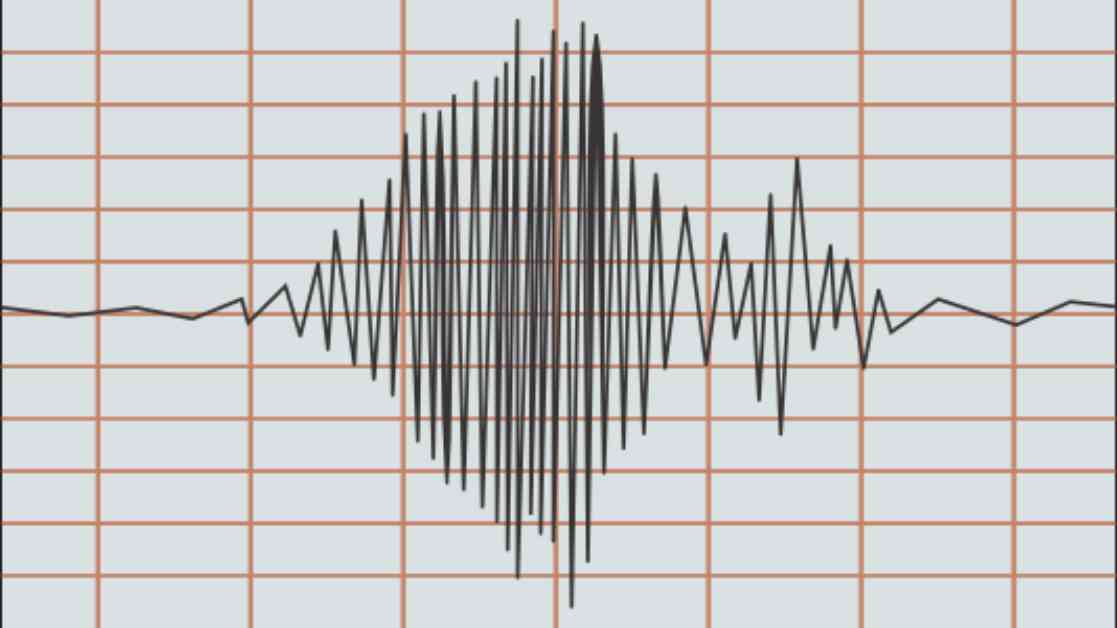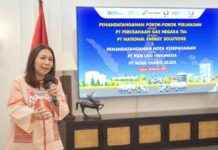**Understanding Megathrust Earthquakes: Causes and Preparation Methods**
A megathrust earthquake is a powerful seismic event that occurs at subduction zones, where one tectonic plate is forced beneath another. These earthquakes are known for their immense magnitude and devastating consequences. Understanding the causes of megathrust earthquakes and preparing for them are crucial steps in mitigating their impact on vulnerable communities.
What are Megathrust Earthquakes?
Megathrust earthquakes are caused by the sudden release of stress accumulated between tectonic plates along subduction zones. These zones are characterized by one plate sliding beneath another, creating intense pressure that can lead to catastrophic seismic activity. The resulting earthquakes can reach magnitudes of 9.0 or higher on the Richter scale, making them some of the most powerful and destructive natural events on Earth.
Preparation and Mitigation Strategies
Preparation and mitigation efforts are essential in minimizing the impact of megathrust earthquakes on human lives and infrastructure. Early warning systems, emergency response plans, and building codes that consider seismic activity are crucial components of effective preparation. By educating communities about the risks associated with megathrust earthquakes and implementing proactive measures, the potential for loss of life and property damage can be significantly reduced.
Case Studies and Lessons Learned
Studying past megathrust earthquakes, such as the 2004 Indian Ocean earthquake and the 2011 Tohoku earthquake in Japan, provides valuable insights into the behavior of these seismic events. By analyzing the causes and effects of these earthquakes, scientists and policymakers can develop more effective strategies for preparation and response. Learning from past mistakes and successes is essential in building resilience and ensuring the safety of communities in earthquake-prone regions.
Conclusion
In conclusion, understanding the causes of megathrust earthquakes and implementing effective preparation methods are critical in reducing the impact of these devastating events. By investing in research, education, and infrastructure improvements, we can work towards a safer future for all those at risk of experiencing the destructive force of a megathrust earthquake. It is only through proactive measures and collective action that we can truly prepare for and mitigate the effects of these powerful seismic events.






















